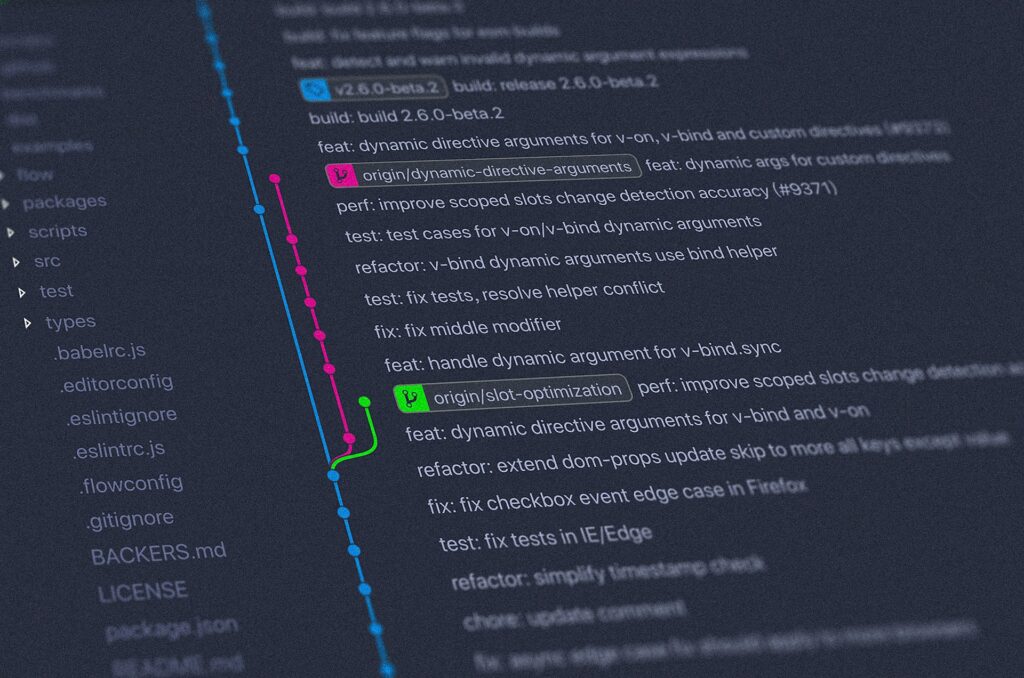
Frontend
Vue Composable: What is it actually?
Since Vue 3, there has been a term that’s being used, called a composable but what is it actually? Is this a composable?

Posts about my learnings, experiences and hobbies. Enjoy reading!

Since Vue 3, there has been a term that’s being used, called a composable but what is it actually? Is this a composable?

On this blog post, I’ll go through a step-by-step guide on how to integrate this UI Library with your Nuxt application.

In this article, we will compare the two, examining their strengths, setup processes, customization options, performance, and best use cases.